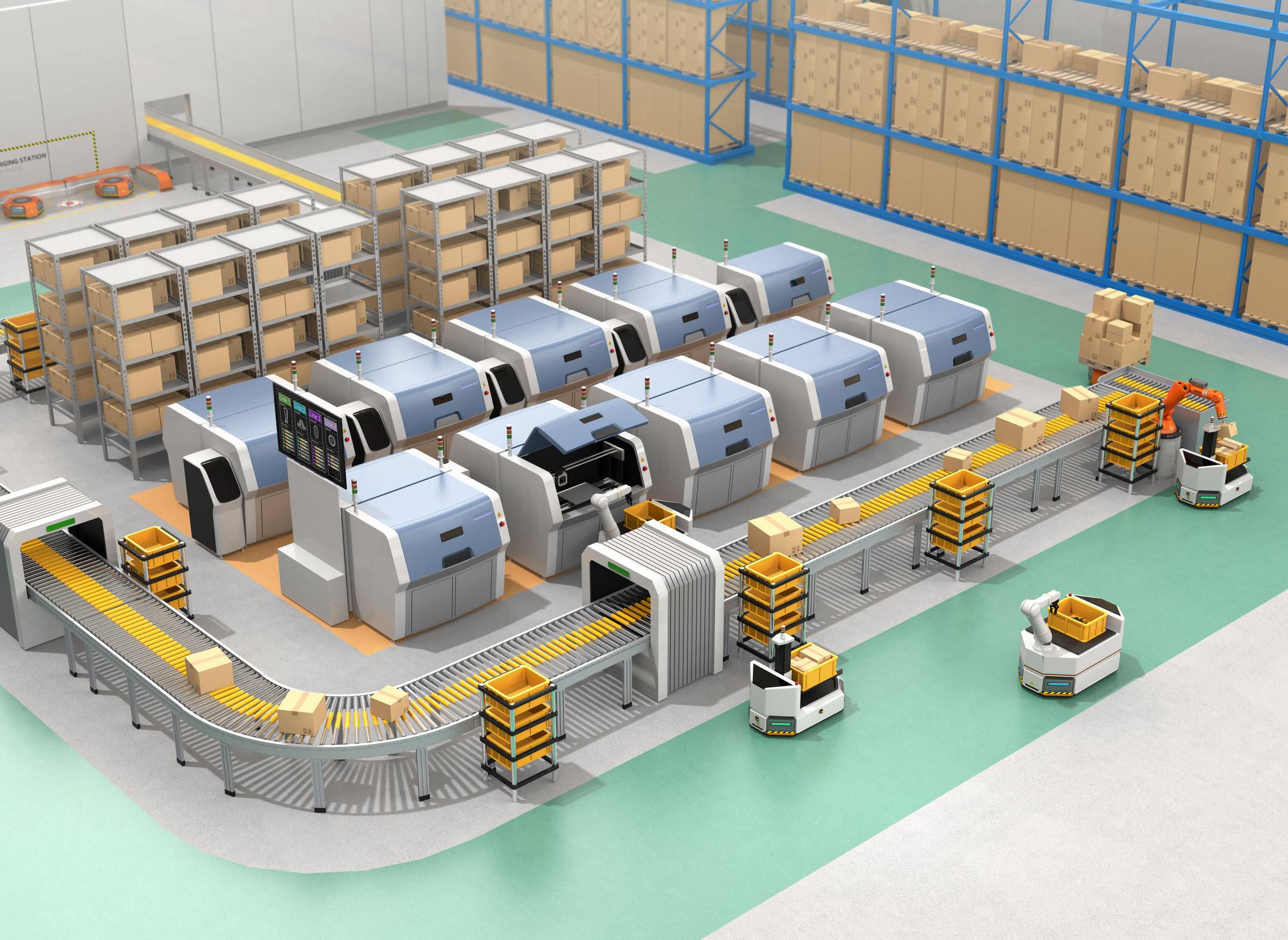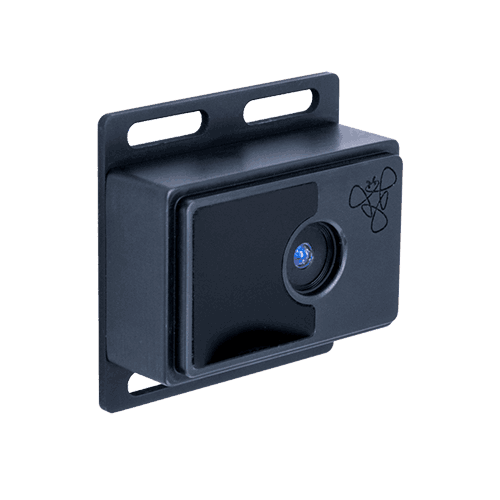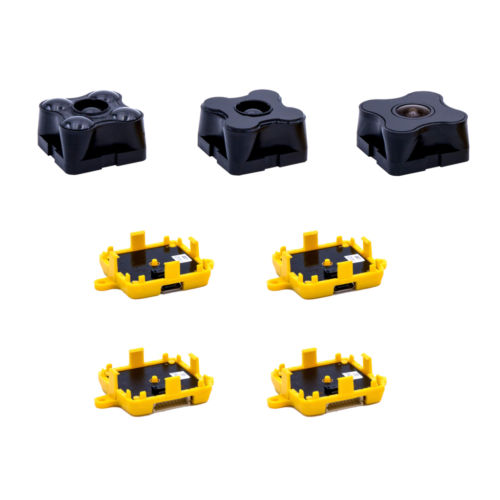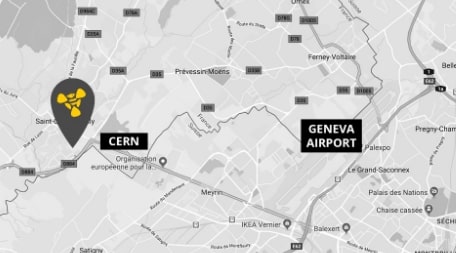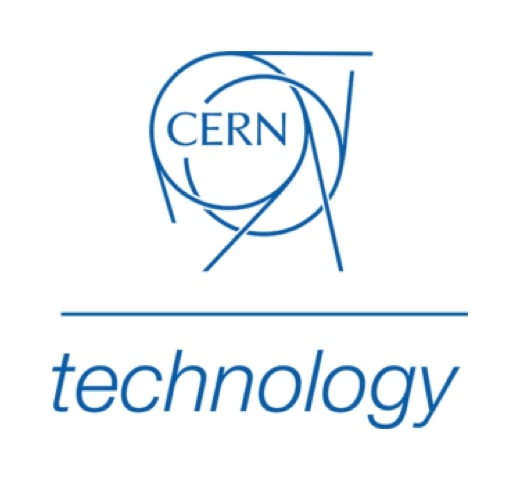Production line mechanization represents enormous value to manufacturers looking to upscale production and maximize efficiency in repetitive processes like assembly, material handling, painting, palletizing, welding and more. But these mechanical workhorses have largely been restricted to fixed operating positions in production environments separate to those of the human workforce.
Mobile robots for industry are built to cohabit workspaces with their human colleagues, respecting established regional safety standards.
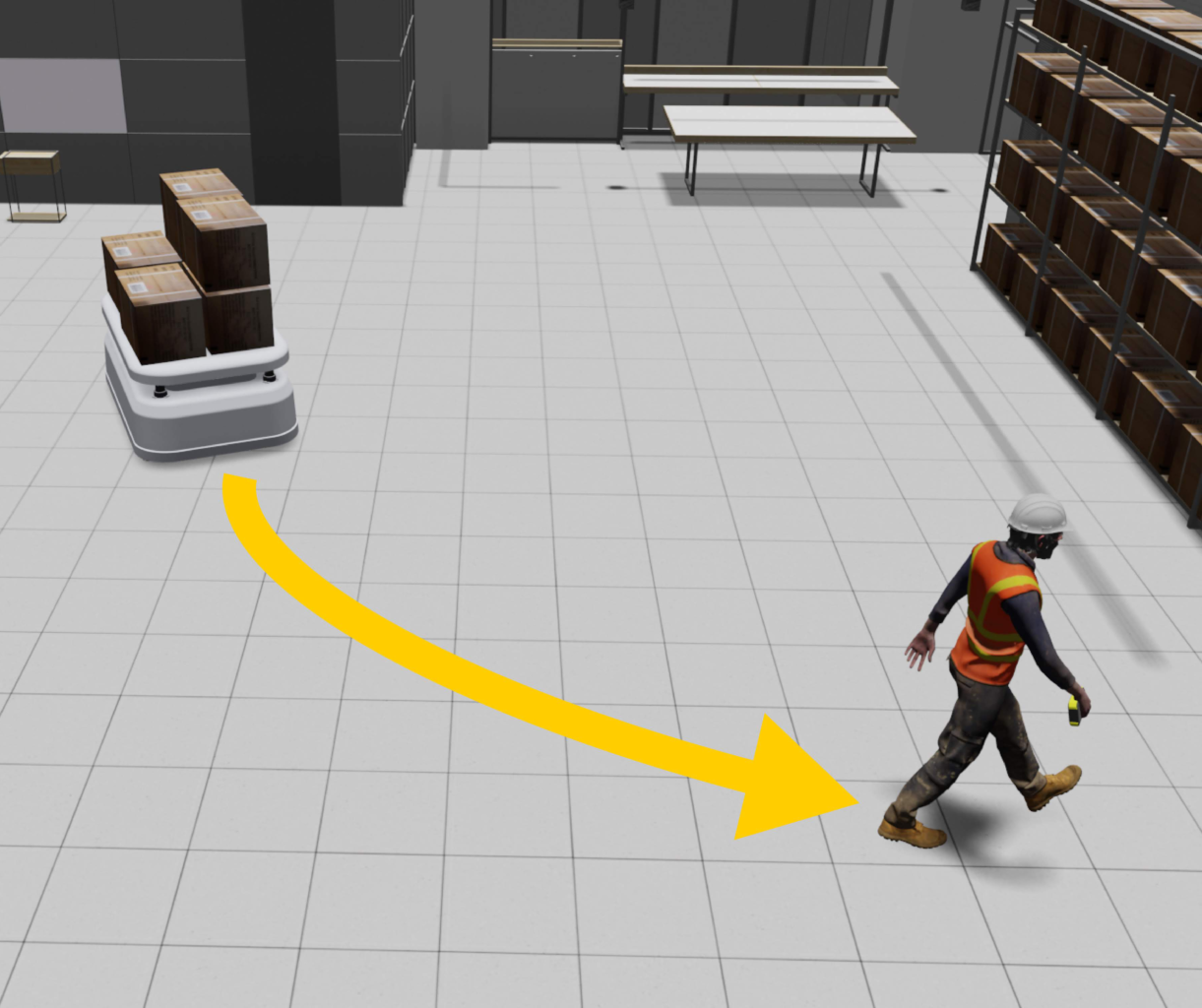
Using LIDAR Sensing Solutions for Mobile Robots
Autonomous vehicle navigation is a booming area of research and development with far-reaching cross-market appeal. The simplicity of current-generation autonomous mobile robots (AMRs) makes them ideal for many industrial functions, but – as mentioned – there are certain safety issues to bear in mind. Safety certified anti-collision is a mandatory feature for many industrial mobile robots.
To attain safety certifications AMR’s and AGV’s will often use LiDAR scanners, sometimes referred to as line-scanners. These use monochromatic laser light, sent through a fiber optic system or a scanning mirror and emitted in a two-dimensional plane transverse to the direction of motion.
This commonly provides a 180° or 270° Field of View (FoV). Safety-certified AMRs frequently require more than one device. It is not uncommon to see at least two on the front and at least one on the rear.
Drawbacks of LIDAR Laser Sensing Solutions
Although necessary in order to meet safety directives, there are several enduring pain points of laser-based LiDAR sensing solutions. Lasers introduce the concern of eye safety which has historically been surmounted by positioning the scanners low on the AMR – no higher than ankle height. While this resolves eye safety concerns, it inhibits the robot’s scope of view. An AMR equipped exclusively with laser rangefinders cannot detect obstacles under or over the LiDAR sensor’s 2D plane of view. This is, in part, where Tredecile systems come into play.
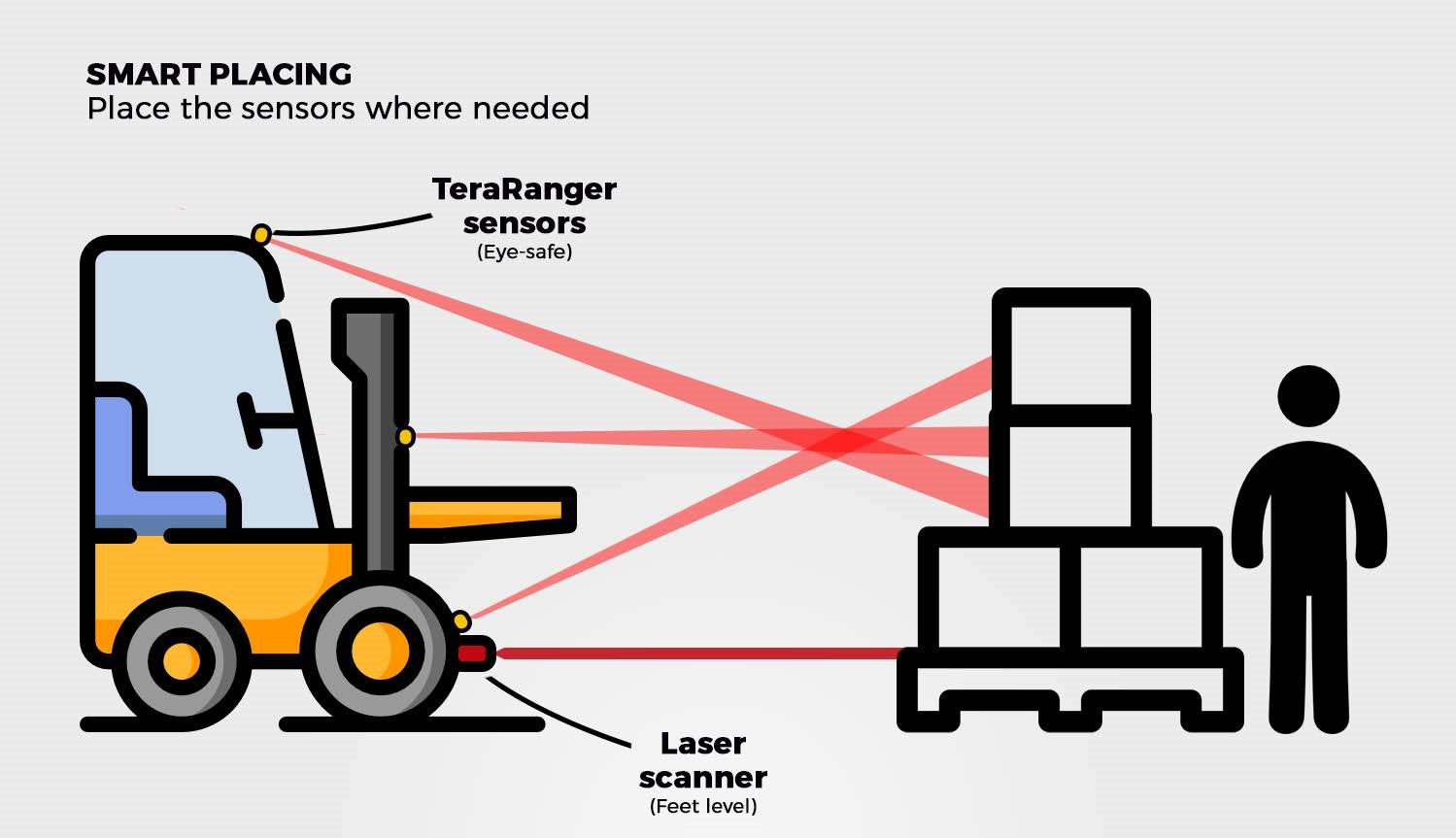
Complementing LIDAR Proximity Sensors
Whilst there is not yet an alternative to LiDAR laser scanners for safety-compliant industrial AMRs, there are emergent sensing solutions that provide extremely valuable, supplementary sensory inputs that dramatically improve the functionality of your unmanned vehicles (UVs).
Additionally, we offer a suite of TeraRanger infrared ToF distance sensing solutions with plug and play multi-sensor and multi-axis configurations. Using an integrated sensing kit with multiple infrared LiDAR ToF sensors, TeraRanger sensing arrays provide an infinitely improved vertical FoV compared with laser line scanner solutions. They also offer maximum coverage with a built-in crosstalk avoidance system.
To find out more about our modern, customizable sensing solutions speak with one of our experts.



